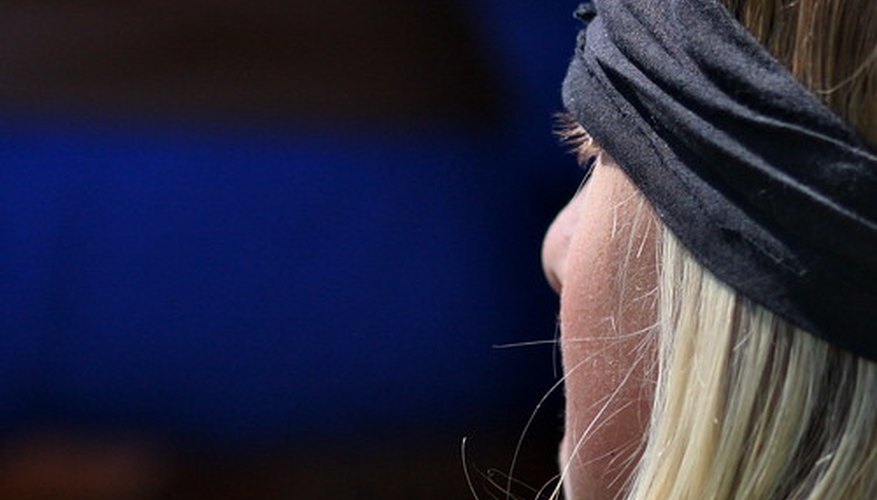Though not easy to observe with the naked eye, hairs and fibres bear the power to weave stories if carefully studied by forensic investigators. Based on hair analysis results, a criminal can be linked to a crime scene or a Jane Doe can be identified. As pieces of trace evidence, hairs and fibres are meaningful when magnified under the lens of forensic analysis.
Shedding
During the course of performing everyday activities, humans and animals shed hair and fibre evidence from their bodies, clothes and from other objects or materials with which they make contact. Forensic analysis may be used to examine such trace evidence to theorise about the activities of persons unable or unwilling to explain the purpose of their presence at a scene that is being investigated. Such analysis techniques have been employed by anthropologists interested in reconstructing events experienced in the past, as well as by crime scene investigators who have used carpet fibres from the car of a serial killer to draw connections between the killer and his victims, who contained the fibres on their corpses.
Collection
Standardised collection and preservation techniques is critical when attempting to collect and preserve hair and fibre evidence. Such evidence is painstakingly collected by investigators, who are trained not to taint any evidence that they find. Agents for the Indianapolis-Marion County Forensics Agency are instructed to collect hair and fibre evidence with the aid of tweezers and combs. Such evidence must be sealed in bags or containers before being transported to a storage facility.
- Standardised collection and preservation techniques is critical when attempting to collect and preserve hair and fibre evidence.
- Such evidence must be sealed in bags or containers before being transported to a storage facility.
Method of Analysis
Fine details of hair and fibre specimens are analysed in laboratory settings using microscopy technology. Traditionally, a comparison microscope, constructed from two compound microscopes, has been used to examine hairs and fibres. With the advent of computerised technology, forensic investigators are also using advanced algorithms to analyse such evidence.
Characteristics
Analysis of hair and fibre evidence permits forensic investigators to observe the presence of certain distinctive characteristics, aiding in the process of identification. Human hairs contain information about a subject's race, age and whether the subject is male or female. Dyes used in hair or fibre can also be important clues as to the nature of their sources.
Reliability
While forensic study of hair and fibre evidence is able yield significant information, results gleaned from such studies are rarely considered conclusive. According to Douglas W. Deedrick, Unit Chief of the Federal Bureau of Investigation's Trace Evidence Unit, "it is difficult to establish a statistical probability for a particular association due in part to the lack of reliable quantitative assessments of the microscopic characteristics present in hairs." Nevertheless, DNA that may be extracted from a hair can be tested, providing results that are considered accurate. By contrast, fibre evidence must usually be associated with an alleged source by means of a process of statistical elimination.
- While forensic study of hair and fibre evidence is able yield significant information, results gleaned from such studies are rarely considered conclusive.
- By contrast, fibre evidence must usually be associated with an alleged source by means of a process of statistical elimination.
